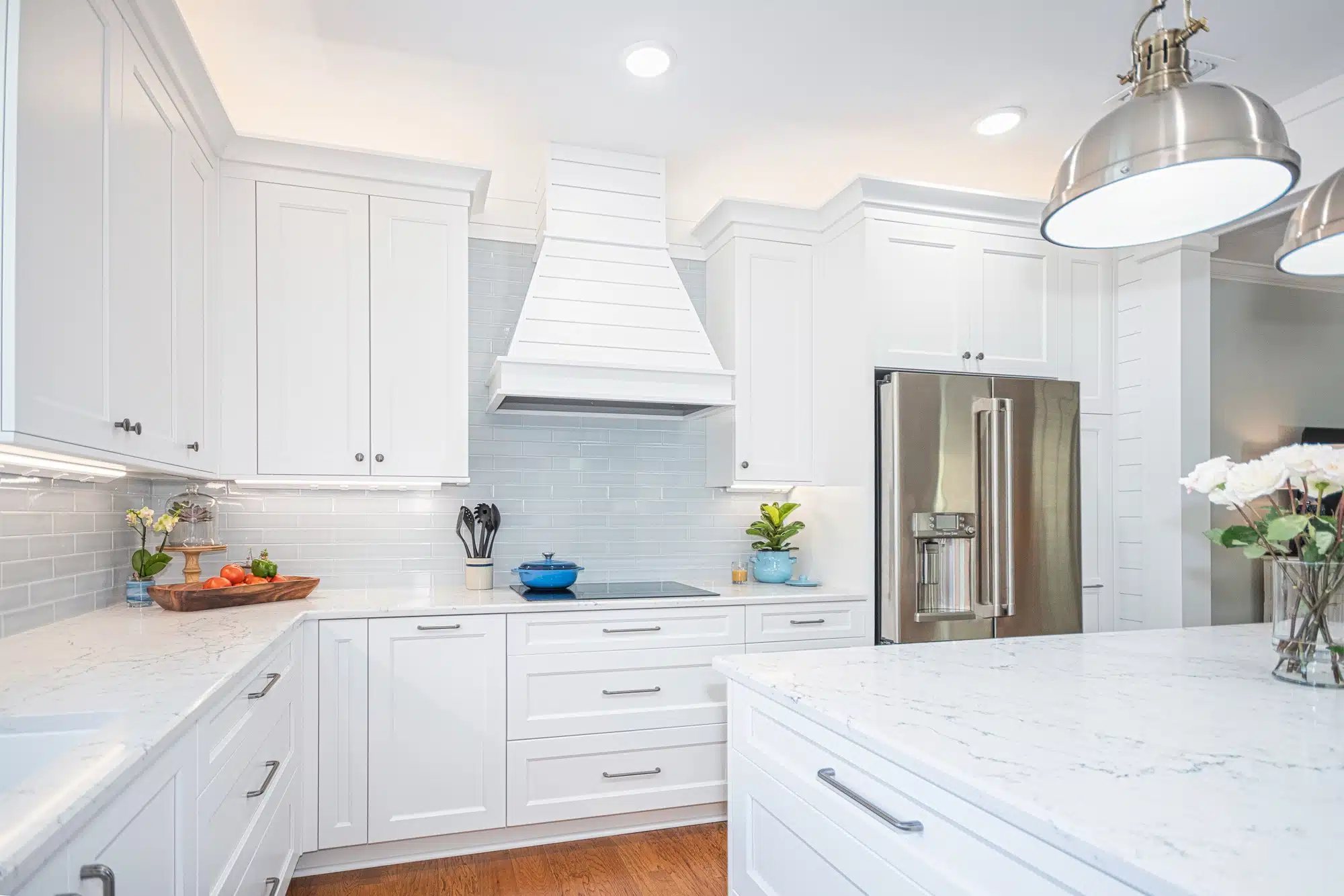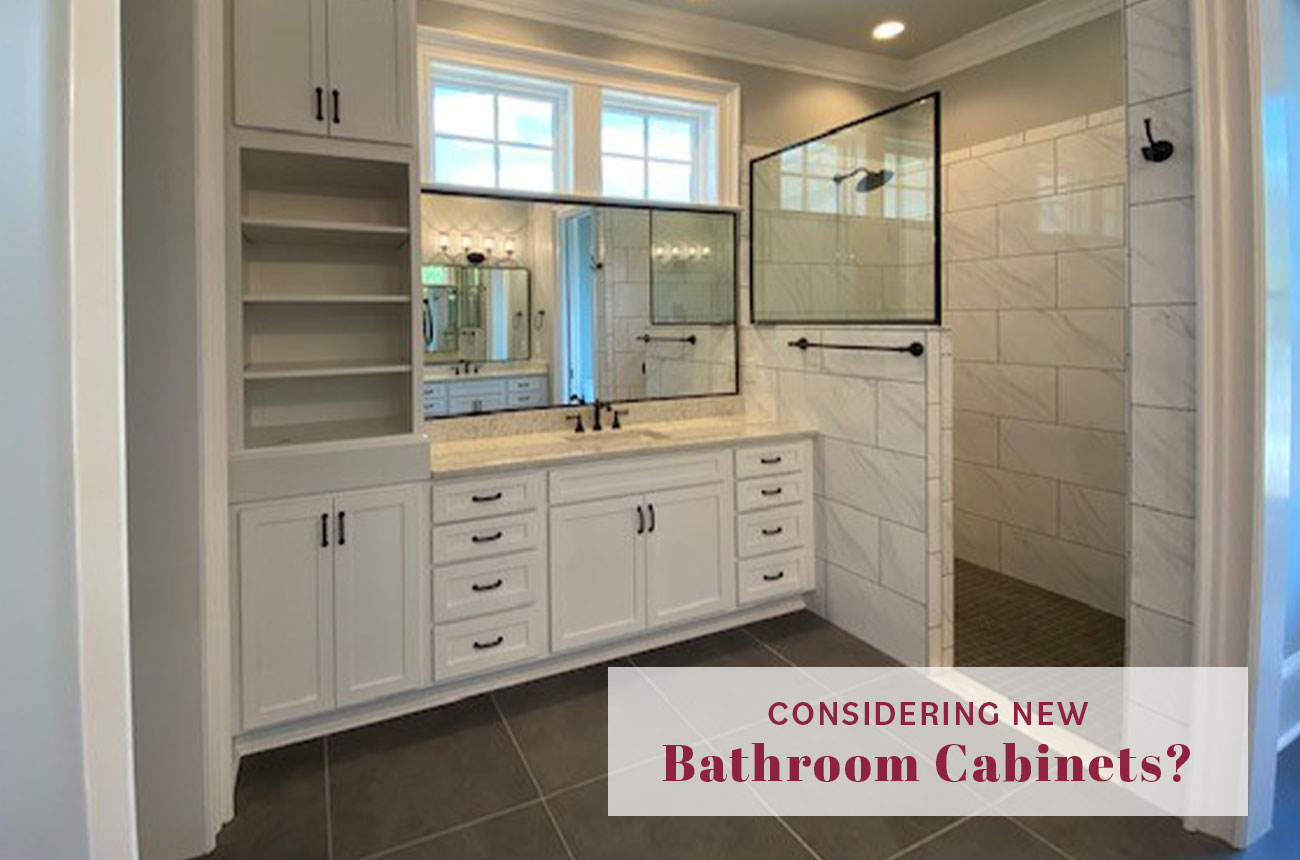Benefits of Floor-to-Ceiling Bathroom Cabinets

Floor-to-ceiling bathroom cabinets are a stylish and practical solution for maximizing storage space in a bathroom. These cabinets provide a unique opportunity to create a clean and organized environment while enhancing the overall aesthetic appeal of the space.
Maximizing Vertical Storage Space
Floor-to-ceiling cabinets offer a significant advantage by utilizing the often-neglected vertical space in a bathroom. This approach allows for a more efficient use of the available area, effectively minimizing the need for bulky and space-consuming furniture. By maximizing vertical storage, you can create a more spacious and less cluttered bathroom environment. For example, instead of having multiple freestanding shelves or drawers, a single floor-to-ceiling cabinet can accommodate a larger volume of items, freeing up valuable floor space.
Impact on Bathroom Aesthetics and Organization
Floor-to-ceiling cabinets contribute significantly to the overall aesthetics and organization of a bathroom. The sleek and modern design of these cabinets can create a visually appealing and cohesive look, enhancing the overall ambience of the space. The seamless integration of these cabinets with the bathroom’s existing design can contribute to a more streamlined and elegant appearance.
“A well-organized bathroom is a haven of peace and tranquility.”
Moreover, the ability to store all bathroom essentials within these cabinets helps to maintain a sense of order and cleanliness. The strategic placement of items within the cabinets ensures that everything is readily accessible while maintaining a visually appealing and clutter-free environment.
Functionality and Clutter Minimization
Floor-to-ceiling cabinets are designed to enhance functionality and minimize clutter in a bathroom. These cabinets offer ample storage space for towels, toiletries, medications, cleaning supplies, and other bathroom essentials. This allows you to keep everything organized and easily accessible. The ability to utilize the entire vertical space of the bathroom provides a significant advantage in terms of storage capacity.
“A well-organized bathroom is a reflection of a well-organized life.”
For example, by installing floor-to-ceiling cabinets in a small bathroom, you can create a sense of spaciousness and order by effectively concealing all your bathroom essentials. This approach eliminates the need for bulky storage solutions and creates a more comfortable and functional bathroom environment.
Design Considerations for Floor-to-Ceiling Bathroom Cabinets: Floor To Ceiling Bathroom Cabinets

Floor-to-ceiling bathroom cabinets offer a stylish and practical solution for maximizing storage space and enhancing the overall aesthetics of your bathroom. However, choosing the right cabinets requires careful consideration of several design factors to ensure they seamlessly integrate with your bathroom’s layout and functionality.
Cabinet Styles and Materials
The style and material of your bathroom cabinets play a significant role in defining the overall aesthetic of your bathroom. Different cabinet styles cater to various design preferences, while material choices impact durability, moisture resistance, and visual appeal.
- Traditional Cabinets: These cabinets often feature intricate details, such as raised panels, ornate hardware, and a classic finish. They are ideal for bathrooms with a traditional or vintage design theme. Common materials include solid wood, such as oak, cherry, or maple, which offer durability and a timeless appeal.
- Modern Cabinets: Modern cabinets prioritize clean lines, minimalist design, and sleek finishes. They often feature flat panels, simple hardware, and a focus on functionality. Materials like high-gloss laminates, acrylic, or metal are popular choices for a contemporary look.
- Contemporary Cabinets: Contemporary cabinets blend elements of modern and traditional styles, creating a balanced and sophisticated aesthetic. They often feature a combination of sleek lines, textured surfaces, and unique hardware. Materials like wood veneers, painted finishes, or a combination of wood and metal are commonly used.
Bathroom Size and Layout
The size and layout of your bathroom are crucial considerations when choosing floor-to-ceiling cabinets. The cabinets should complement the space without overwhelming it, ensuring ample movement and access to other bathroom fixtures.
- Small Bathrooms: In smaller bathrooms, opting for slim cabinets with mirrored doors can create an illusion of more space. Consider using vertical storage solutions, such as tall cabinets or shelving units, to maximize vertical space.
- Large Bathrooms: Larger bathrooms offer more flexibility in cabinet design. You can incorporate multiple cabinets of varying sizes and styles, creating a cohesive and functional storage system. Consider using a combination of open and closed cabinets to display decorative items and provide concealed storage.
Lighting and Ventilation
Proper lighting and ventilation are essential for both functionality and aesthetics in a bathroom. These factors directly impact the effectiveness of your cabinets and the overall ambiance of the space.
- Lighting: Adequate lighting is crucial for visibility and creating a welcoming atmosphere. Consider using a combination of overhead lighting and task lighting within the cabinets, such as under-cabinet lights or LED strips. This ensures sufficient illumination for both the bathroom and the cabinet interiors.
- Ventilation: Good ventilation is essential for preventing moisture buildup and mold growth. Ensure your bathroom has a well-functioning exhaust fan, especially when using floor-to-ceiling cabinets, which can trap moisture if not properly ventilated.
Installation and Customization Options

Installing and customizing floor-to-ceiling bathroom cabinets can be a significant project, but with proper planning and execution, it can be a rewarding experience that adds functionality and style to your bathroom.
Step-by-Step Guide for Installing Floor-to-Ceiling Bathroom Cabinets
The process of installing floor-to-ceiling bathroom cabinets involves several steps, each requiring careful attention to detail. Here’s a step-by-step guide to help you navigate the installation process:
- Preparation: Before beginning installation, ensure the walls are properly prepared. This includes removing any existing fixtures, patching any holes or cracks, and ensuring the walls are level.
- Cabinet Assembly: Carefully assemble the cabinets according to the manufacturer’s instructions. This may involve attaching doors, shelves, and drawers, and ensuring all components are properly aligned.
- Wall Mounting: Using appropriate mounting hardware, secure the cabinets to the wall. Make sure the cabinets are level and securely attached to the wall studs for stability.
- Installation of Countertop: If installing a countertop, ensure it is properly fitted and secured to the cabinets. This may involve using adhesives, brackets, or other methods, depending on the countertop material.
- Final Touches: Install any additional hardware, such as handles, knobs, and shelves. Once everything is in place, clean the cabinets and ensure all components are functioning correctly.
Tips for Customizing Cabinets to Meet Specific Storage Needs, Floor to ceiling bathroom cabinets
Customization is key to maximizing the functionality of floor-to-ceiling bathroom cabinets. Here are some tips for customizing your cabinets to meet your specific storage needs:
- Shelving and Drawers: Utilize adjustable shelves to accommodate items of varying heights. Drawers provide a convenient way to store smaller items, and they can be customized with dividers to further organize your belongings.
- Pull-Out Baskets and Trays: Consider incorporating pull-out baskets and trays for easy access to items stored in deeper cabinets. This is especially helpful for storing items like towels, toiletries, and cleaning supplies.
- Specialty Storage Solutions: For specific needs, such as storing hair dryers or styling tools, consider incorporating dedicated storage solutions. These might include pull-out drawers with built-in outlets or specialized shelves designed for specific items.
- Cabinet Doors: Choose cabinet doors that complement the style of your bathroom and provide the desired level of privacy. Consider using frosted glass doors for a more modern look and light diffusion, or solid doors for a more traditional feel.
Benefits of Hiring a Professional for Installation and Customization
While DIY installation is possible, hiring a professional offers several benefits:
- Expertise and Experience: Professionals have the expertise and experience to ensure the cabinets are properly installed and customized to meet your specific needs. They are familiar with various installation techniques and can handle complex customizations.
- Quality and Durability: Professionals use high-quality materials and techniques, ensuring the cabinets are securely installed and will last for years to come. This can prevent potential issues with sagging, instability, or damage.
- Time Efficiency: Hiring a professional saves you time and effort. They can handle the installation process efficiently, allowing you to focus on other aspects of your bathroom renovation.
- Warranty and Support: Professionals typically offer warranties on their work, providing peace of mind in case of any issues. They can also provide ongoing support and maintenance for your cabinets.
Floor to ceiling bathroom cabinets – Floor-to-ceiling bathroom cabinets offer an efficient solution for maximizing storage space in smaller bathrooms, a common feature in many 2 bedroom apartments in Chicago’s Loop. These cabinets can accommodate everything from toiletries and towels to medications and cleaning supplies, keeping your bathroom tidy and organized, while also creating a more spacious feel.
Floor-to-ceiling bathroom cabinets offer a solution for maximizing storage in small spaces. However, when limited wall space is a concern, a tall skinny bathroom cabinet can be a more practical alternative. These cabinets can be strategically placed in corners or narrow areas, providing ample storage without compromising on floor space.
The vertical design of these cabinets allows for maximizing storage potential, effectively mirroring the benefits of floor-to-ceiling cabinets.
